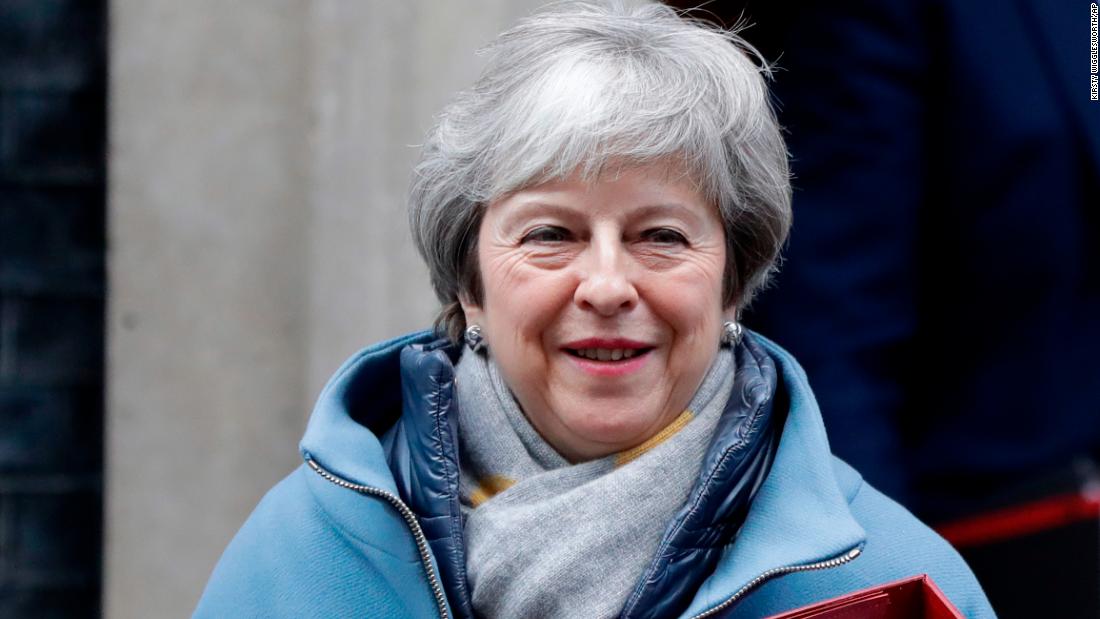
On Tuesday, the UK's Prime Minister, Theresa May, will return to the House of Commons to outline her Brexit "plan B" after plan A was emphatically rejected by lawmakers, over a number of crunch points including the notorious Northern Ireland backstop issue.
Let's start with a quick catch up
The UK voted to leave the European Union in a national referendum on June 23, 2016. David Cameron resigned and Theresa May took his job as Prime Minister.
After spending a few months letting power go to her head, May asked parliament to give her permission to trigger Article 50. This set a two-year timer to Brexit day: March 29, 2019. In case you hadn't noticed, that's "quite soon."
So, her deal that got rejected ... how'd that happen?
Between triggering Article 50 and negotiating a deal with the EU, May called a snap election.
This saw her, instead of actually doing anything about Brexit, be quite rude to most of her own party, barely campaign because she thought it was a slam dunk, then lose her slim majority in parliament.
While her deal was voted down in parliament by far more than this old majority, it's hard to tell how much her loss of perceived power has played into all this.
This forced her to rely on the Northern Irish Democratic Unionist Party in parliament to pass legislation and cost May a huge amount of political capital.
So what's happening next week?
May will formally present her plan B to parliament on Tuesday. Based on what she has already said, it is a lot like plan A, but she will seek to get further assurances from Brussels on the Northern Ireland backstop -- the main sticking point with Brexit (read more about this here.)
Members of Parliament will be tabling amendments to May's motion in order to carve it into a shape that could command a majority. While this doesn't affect the Withdrawal Agreement with the EU whatsoever, it will be indicative and gives May something to show the EU.
Then there's the amendments that have been tacked on -- and there's quite a few, but the most important ones would see parliament attempt to take control of the process if May fails to get a deal through. Others propose various solutions to the Backstop.
The amendment getting the most attention would see parliament demand that the UK applies to extend the Brexit deadline if May cannot get a deal approved by February 26.
Right, then what?
May would need to go back to Brussels and ask for something -- anything -- that could calm down her critics on the Irish backstop and get the deal through.
The problem for the PM is that the Withdrawal Agreement negotiations are formally closed and the EU doesn't want to open them again.
What she might be able to do is get some comforting wording in the accompanying "political declaration," but it really would be warm words -- "clarifications" dressed up as concessions.
Does that mean the rejigged deal probably won't pass again?
Who knows? Right now theories run as wild as May's rebels are so terrified of losing power or worse, losing Brexit altogether, that they will hold their noses and back their embattled party leader.
One thing that can be said is that Westminster consensus view right now is Article 50 will have to be extended (which itself requires approval from all the other EU 27 member states).
If it doesn't get extended and no deal is agreed, the UK crashes out on March 29.
Right, so: No Deal; No Brexit; Delayed Brexit; New Government. Which?
Any, all or none. But cooler heads are starting to prevail. And if we've learnt anything over the last two years, it's this: only an idiot tries to predict anything to do with Brexit.
Bagikan Berita Ini














0 Response to "U(o)K, hun? A guide to what comes next in Brexit turmoil"
Post a Comment